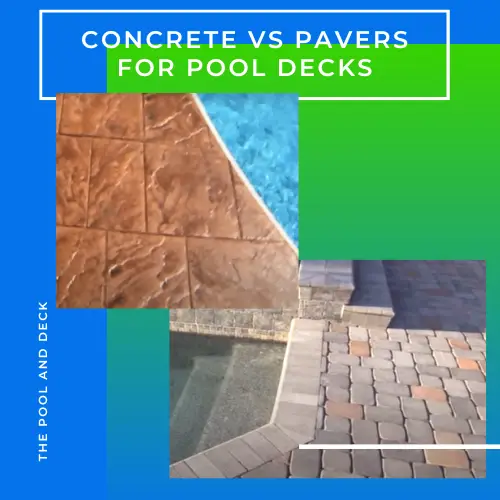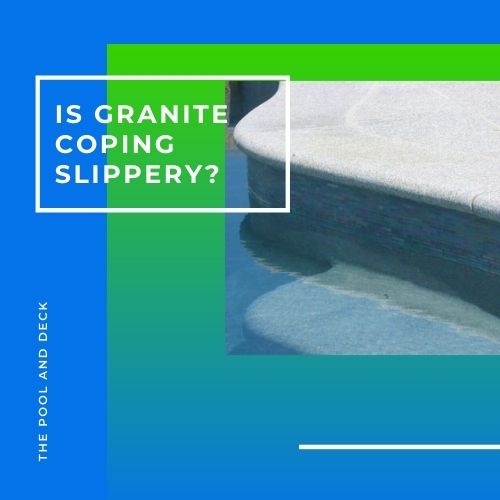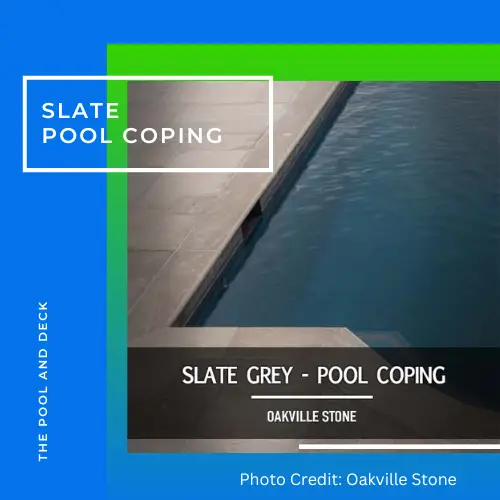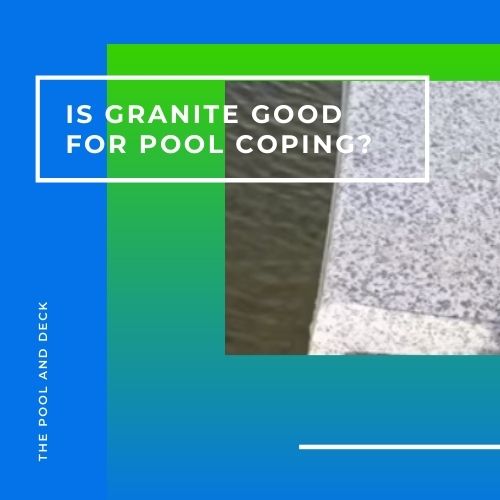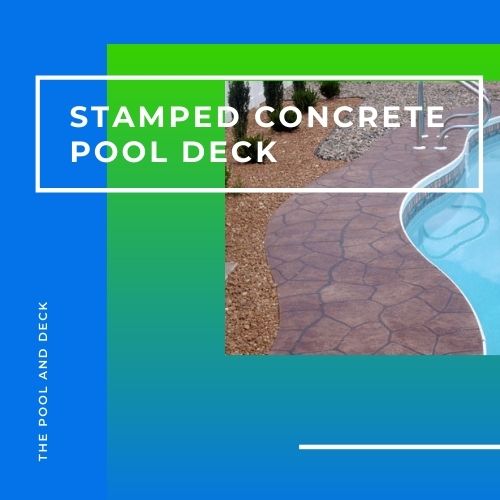Why Is Pool Coping Cracking? (When Is It Best To Get Help?)
thepoolanddeck.com is a participant in the Amazon Services LLC Associates Program, an affiliate advertising program designed to provide a means for sites to earn advertising fees by advertising and linking to Amazon.com . The website is also an affiliate of a few other brands. The affiliate links never increase your purchase price. We do appreciate your support. Thank you very much!
Table of Contents
Why Is My Pool Coping Cracking?
You, like most people, love to take a cool dip in your backyard pool on a warm day. The pool is probably the best upgrade that you made to your house. So, of course, there is every reason to be concerned when you discover cracks in the pool coping. The immediate thought that runs through your head is “Why is my pool coping cracking”?
Pool coping cracking is a sign of undue stress on it. Hairline shrinkage cracks in concrete coping are unsightly but not a cause for concern. Larger cracks may be due to soil movement. That is surely a reason to worry. You need professional advice & help!
Generally speaking, you are aware that the pool coping is a one foot border around the perimeter of the pool. Coping defines your pool and gives it character. But pool coping is much more than a cosmetic addition to your pool.
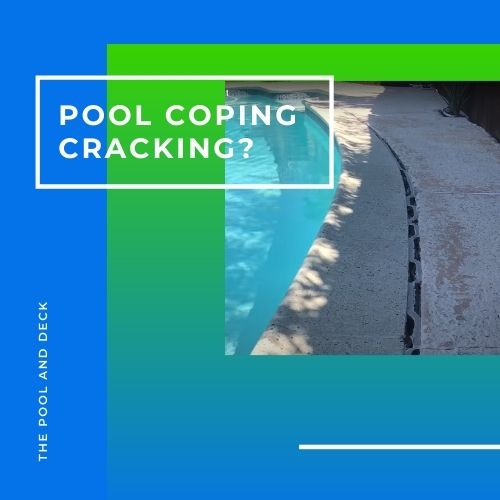
What Is Pool Coping?
It is natural to think of pool coping as a part of the pool deck. In fact it is not. It is quite separate from the pool deck. If anything, it is a part of the pool shell wall. Coping is the horizontal cap on the vertical pool shell wall.
Coping can be cast on site by pouring concrete or built from precast, pre-formed or natural materials. Coping is the pool frame and separates the pool structure from the pool deck. It also protects the top edge of the pool shell. Pool coping sits on the pool shell’s bond beam.
The pool deck is usually a large concrete slab on grade. Decks are large, typically 500-1000 square feet in area. The deck expands and contracts, quite a bit, as the ambient temperature changes during the day and across seasons.
An expansion joint separates the pool deck from the pool coping. The joint, which is filled up with a flexible material, prevents the pool deck from putting any pressure on the pool coping or pool shell.
To summarize, the pool coping serves the following functions:
- De-link the pool deck from the pool structure
- Protect the pool bond beam from water ingress
- Direct water splashing to pool drains
- Helpful grip for swimmers
- Non-slip walking surface around the pool
- Add a visual transition from water to deck
Should Pool Coping Crack?
You do not want any part of your pool to be cracking, do you? However, we all have to come to terms with reality. The reality is that concrete always cracks. So, if your pool coping is poured concrete, expect cracking.
There are two basic causes for cracking in concrete pool coping.
Concrete Shrinkage
When concrete cures, the water in the concrete mix evaporates, resulting in the concrete to shrink. The stress created by the shrinkage causes concrete to crack.
Shrinkage cracks (aka hairline cracks) are perfectly normal. They are typically less than 1/16 th inch wide and are no cause for worry.
Deck Movement
Concrete in pool coping can be subjected to stress from the movement of the pool deck around it. Pool deck movement can happen because of:
- Poor base preparation & compaction
- Change in soil moisture content
- Soil erosion due to rain or plumbing leaks
- Thermal expansion & contraction
Quite often the cracks in the pool coping are because the mastic in the expansion joint between coping and deck has dried. Such cracks will usually be minor, but they are a warning that new mastic needs to be put in.
Pool coping cracking because of soil movement or erosion, may or may not be serious. But it is certainly a reason to worry.
Call your pool builder or a qualified structural engineer to take a look.
How Do You Fix Cracks in Pool Coping?
The pool coping is kept separate from the pool deck by having an expansion joint between them. The joint is filled with a flexible mastic to allow room for the deck to expand and contract.
Expansion Joints
You need to keep an eye on this mastic. With time it dries up and cracks. Water can then seep in below the pool coping. This is never a good thing. Apply new mastic when you notice the old one drying & cracking.
It is a simple DIY project which will take a few hours at the most. Chip away the old dried mastic using a masonry saw such as DEWALT Wet Tile Saw, Masonry, 4-3/8-Inch (DWC860W). Clean out the joint using a shopvac.
If the gap is wide use a closed cell backer rod along the length of the joint. Then fill up the gap with Sikaflex Self Leveling Sealant or similar. You may need to repeat the process if the joint is deep.
Regular Cracks
You must fill up the regular cracks, wider than 1/16th inch, that may appear on the pool coping surface. In case of a poured concrete coping, clean the crack and fill it up with a self leveling sealant. Cracks in other coping materials may require a different filling material.
Filling the crack is important because you do not want
- Water to seep under the coping
- Algae or mold to grow in the crack
- Trip or cut your foot on the crack
Hairline Cracks
Hairline cracks do not need to be filled in, partly because they are too narrow and partly because they are superficial. However, it is always a good idea to seal pool coping, especially concrete coping
The sealer makes the pool coping slippery. Especially when it gets wet! Y should always mix a non-slip additive such as H&C Sharkgrip Slip-resistant Additive into the topical sealer.
Thank you very much for reading the post. I do hope you found it informative and helpful.



